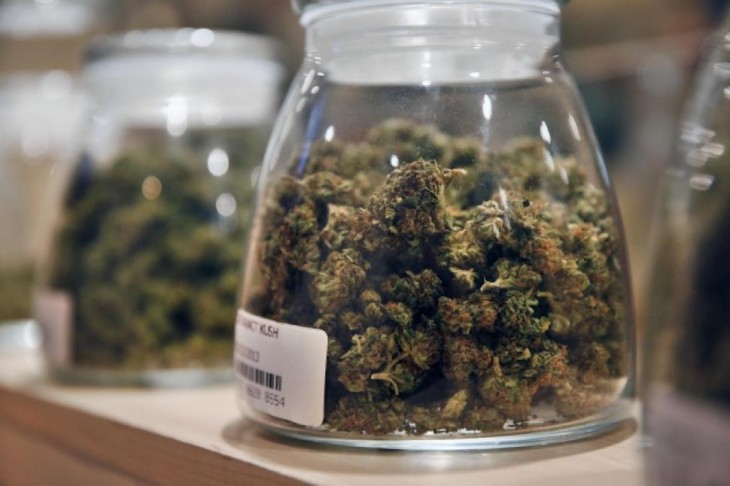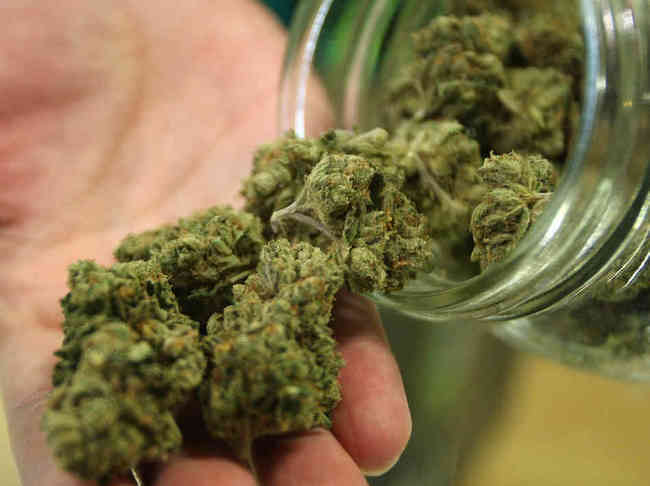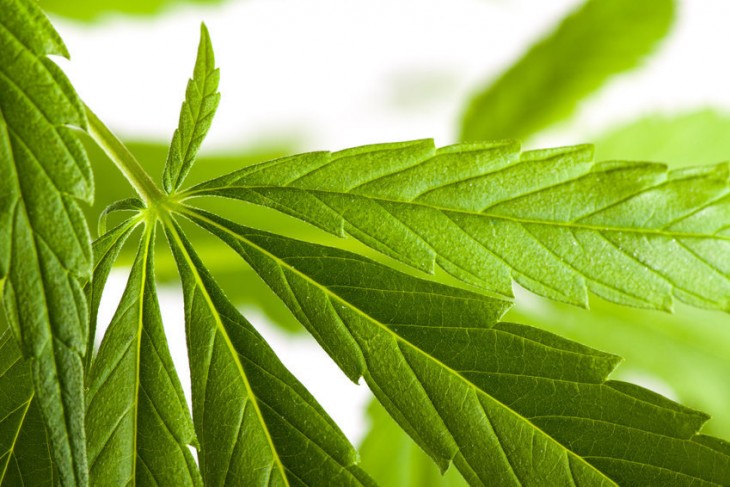From the age old times, cannabis has been used as a medicine all over Asia. Many doctors believed that cannabis could help lower the need for the painkillers that were based on opium. Even in the 19th century, it was a well-established fact that these opium-based painkillers are always harmful to the patient in the long run.
Now after 125 years, the effects of opioids have been more comprehensively studied and there are a few hints that suggest that marijuana could be an alternative that is viable. Various clinical studies have pointed out the fact that the plant may inhibit some medical values, particularly for the oppressive pain conditions. As the laws pertaining to marijuana have been made liberal in the United States, various researches have been carried out that study the comparison between opium and cannabis. However, this is a very challenging task since the DEA (Drug Enforcement Administration) of USA has listed the plant as one of the most dangerous drugs.
Few of the researchers are concerned that if the research is being rigorously carried out then it will be outpaced by some sort of experimentation informally as several people who enjoy access to medical cannabis will start treating themselves.
A specialist from the McGill University at Montreal in Canada, Mark Ware has said that the policy has been changed immensely in order to bring about the discoveries in science and give the people access to products that have not been supervised under any clinical trials.
Centers for Disease Control and Prevention reported that about 2 million people were addicted to opium drugs in the year 2014. Kaiser Family Foundation estimated that about 21,000 or more people died from overdose. A study that was established in the JAMA Internal Medicine that year suggested that the usage of medical marijuana could bring about a dent in the alarming toll.
Many researchers, under the guidance of Marcus Bachhuber at the Philadelphia Veterans Affairs Medical Center located in Pennsylvania, examined the death certificates in all the 50 states between the years 1999 and 2010. This study discovered that the rate of deaths taking place in a year due to opioid painkiller overdose was about 25 percent lower in the states that had access to medical marijuana. In the year 2010, the number reached 1729 deaths in legal marijuana states. The researchers also concluded that the effect became stronger in the time period of five to six years after the states permitted medical marijuana.
Similar researches have been going on in major laboratories across the US to enforce the fact that marijuana can help to exacerbate the opioid epidemic in United States.









